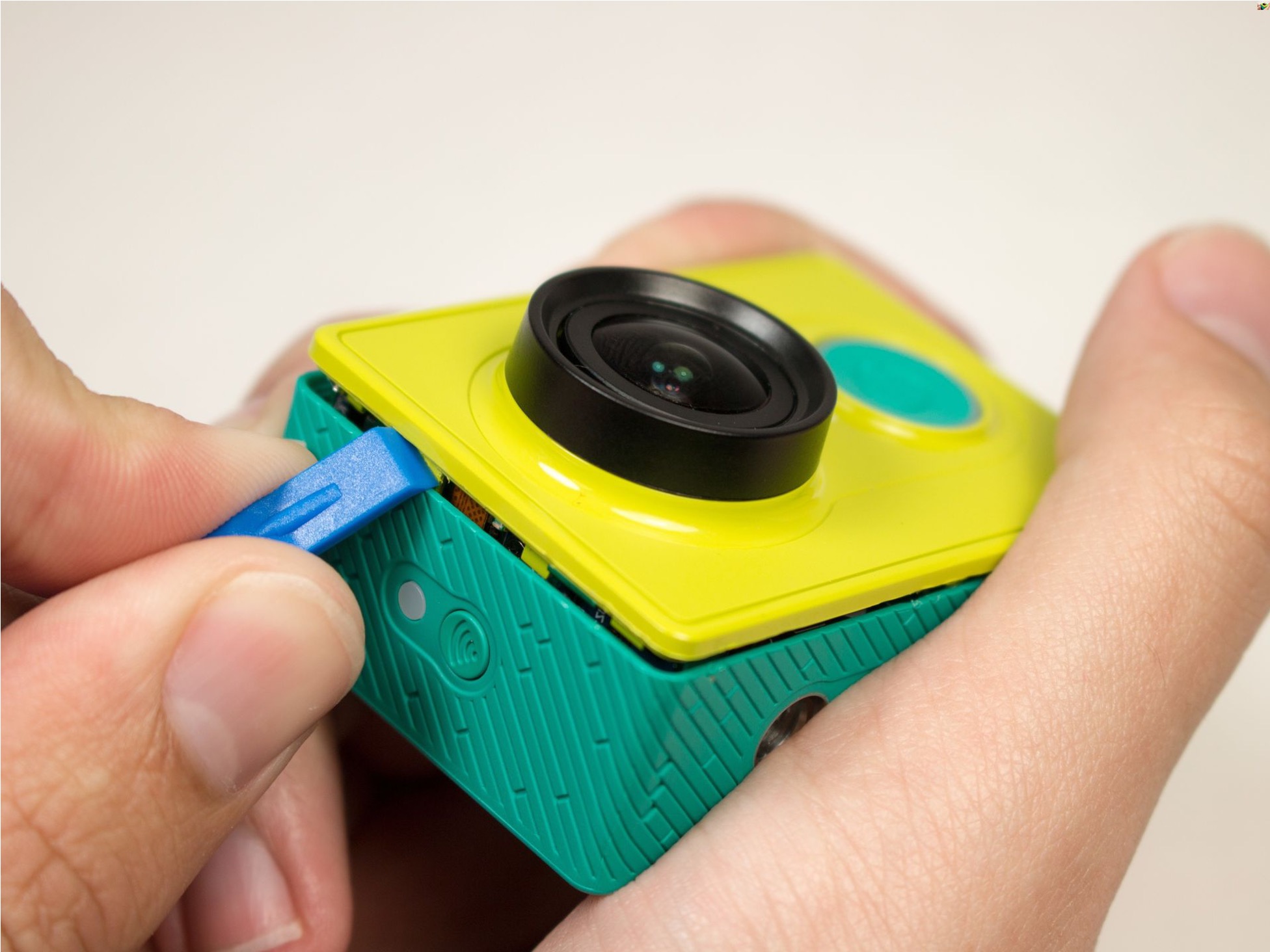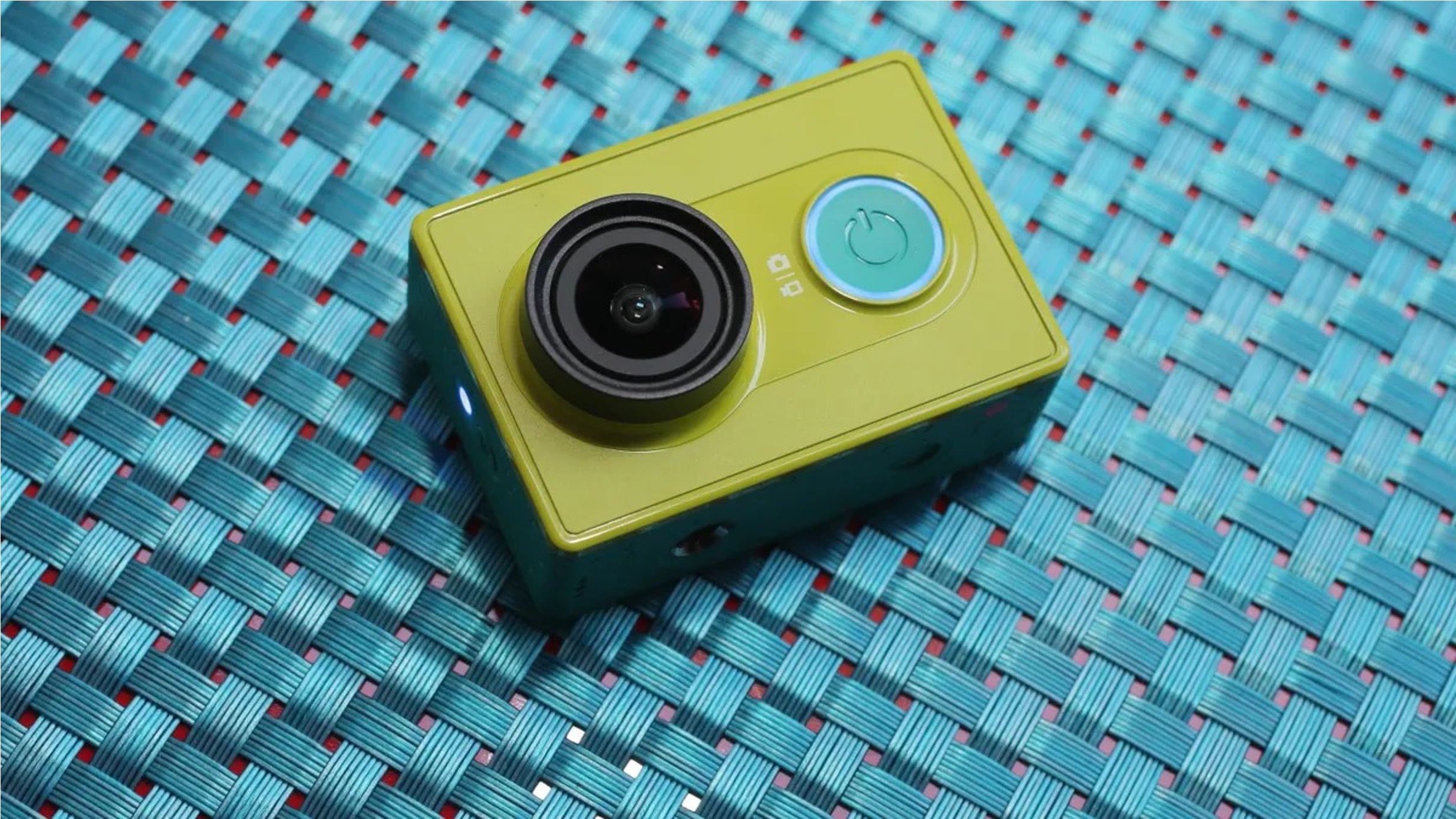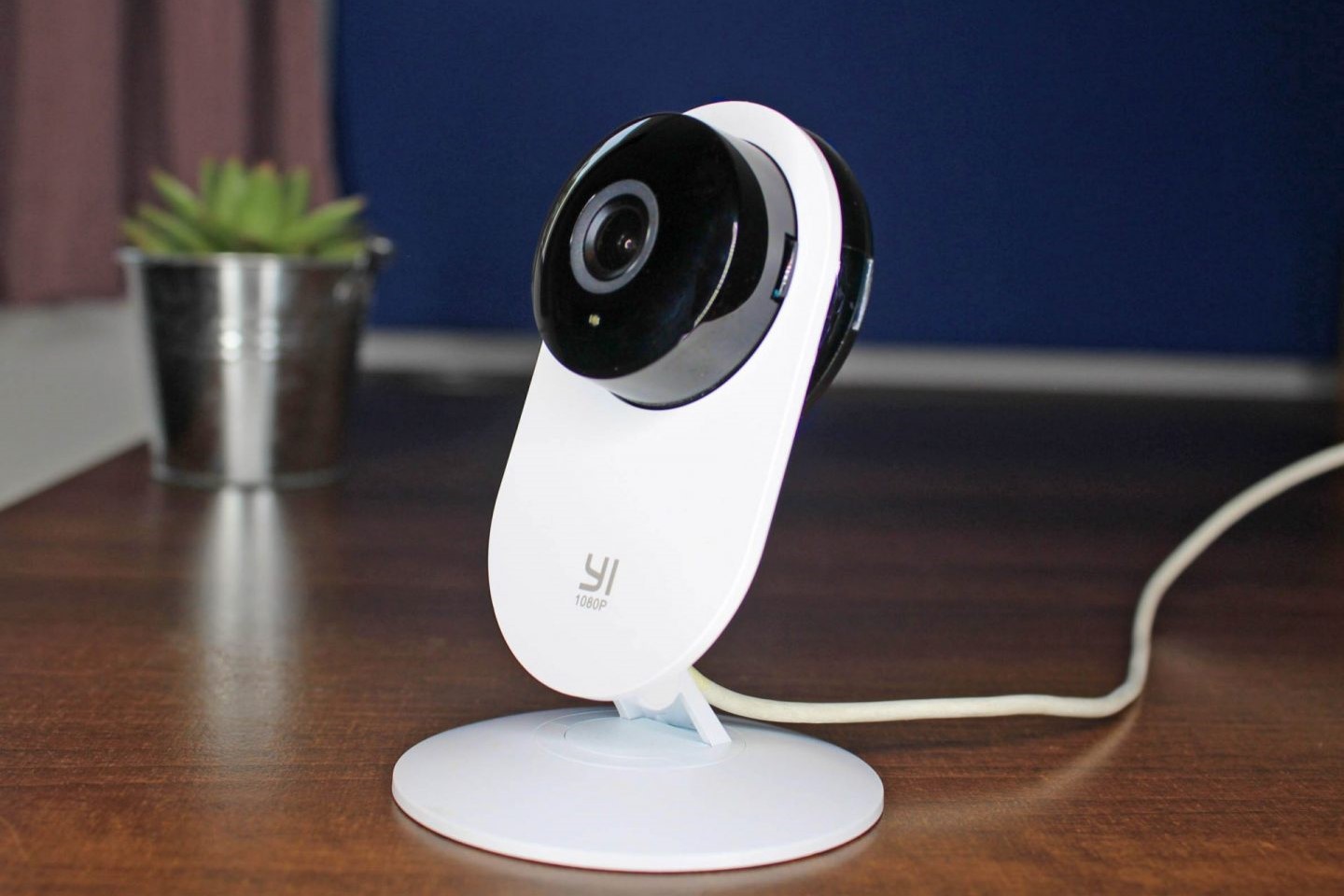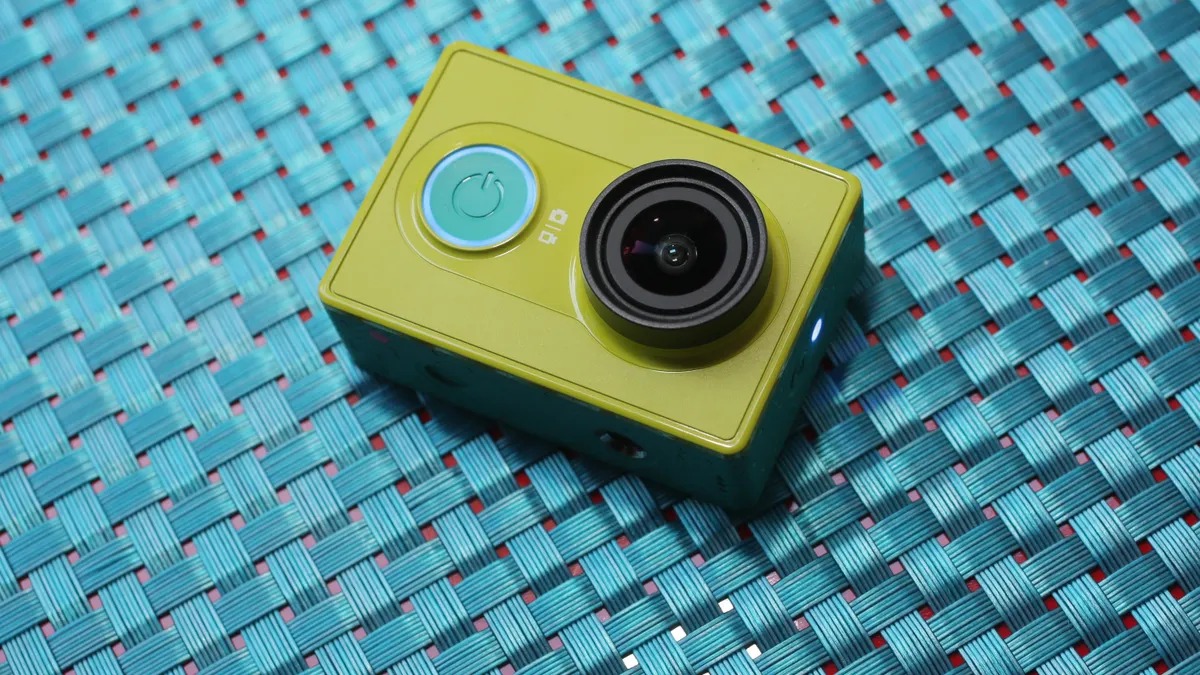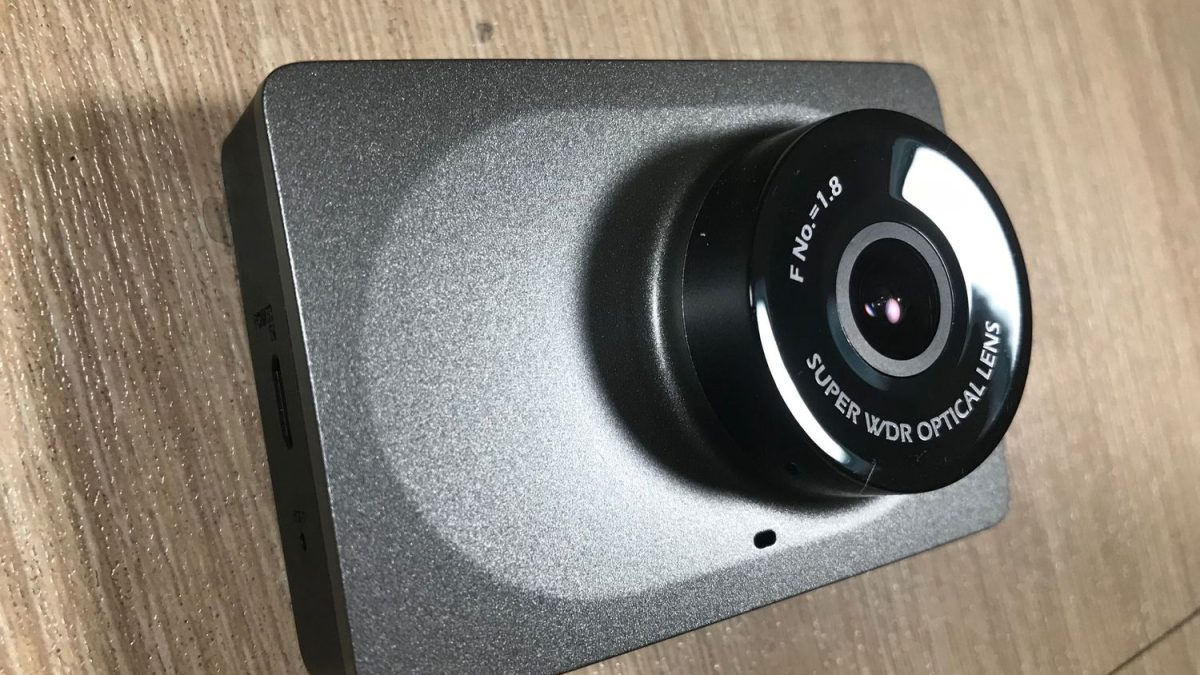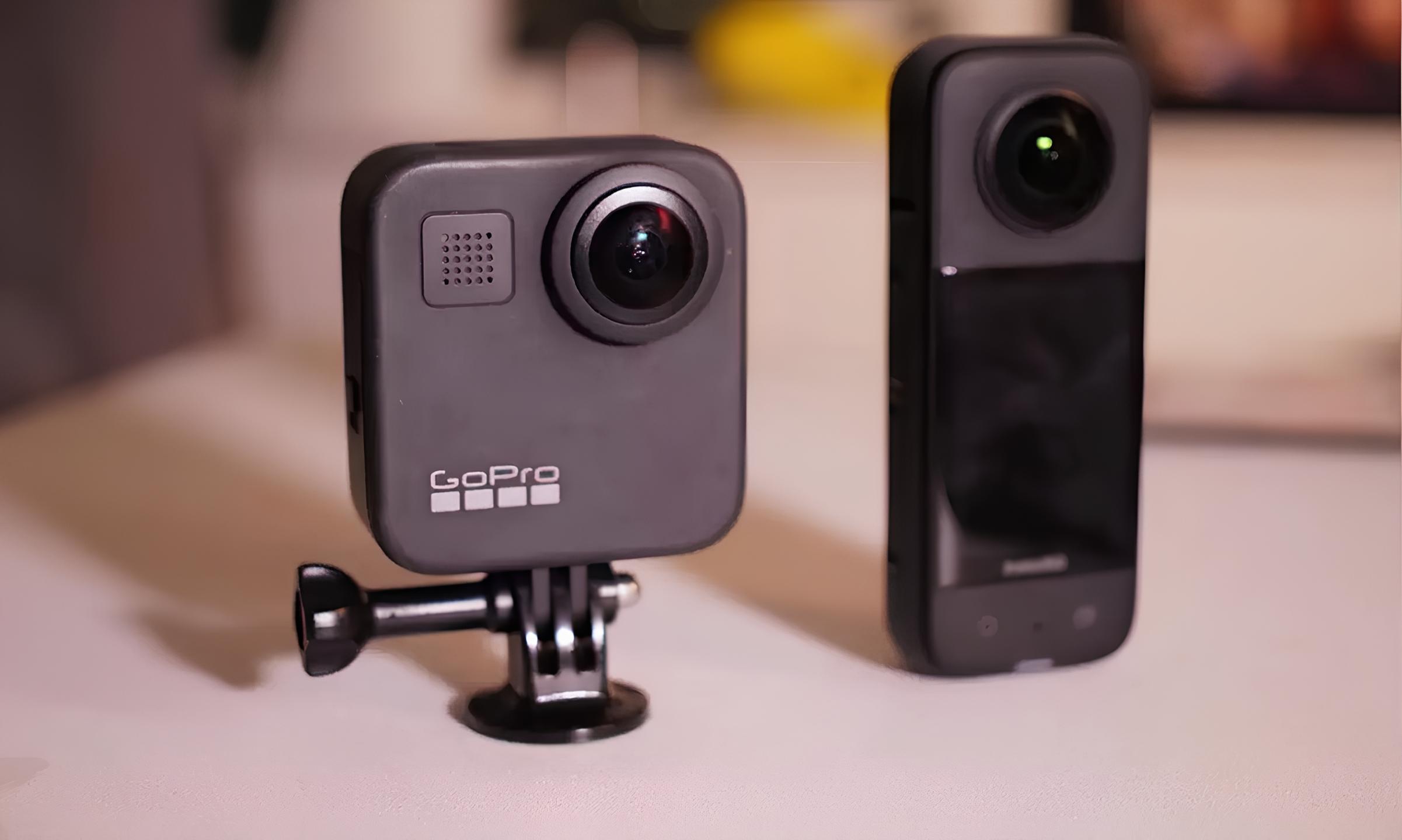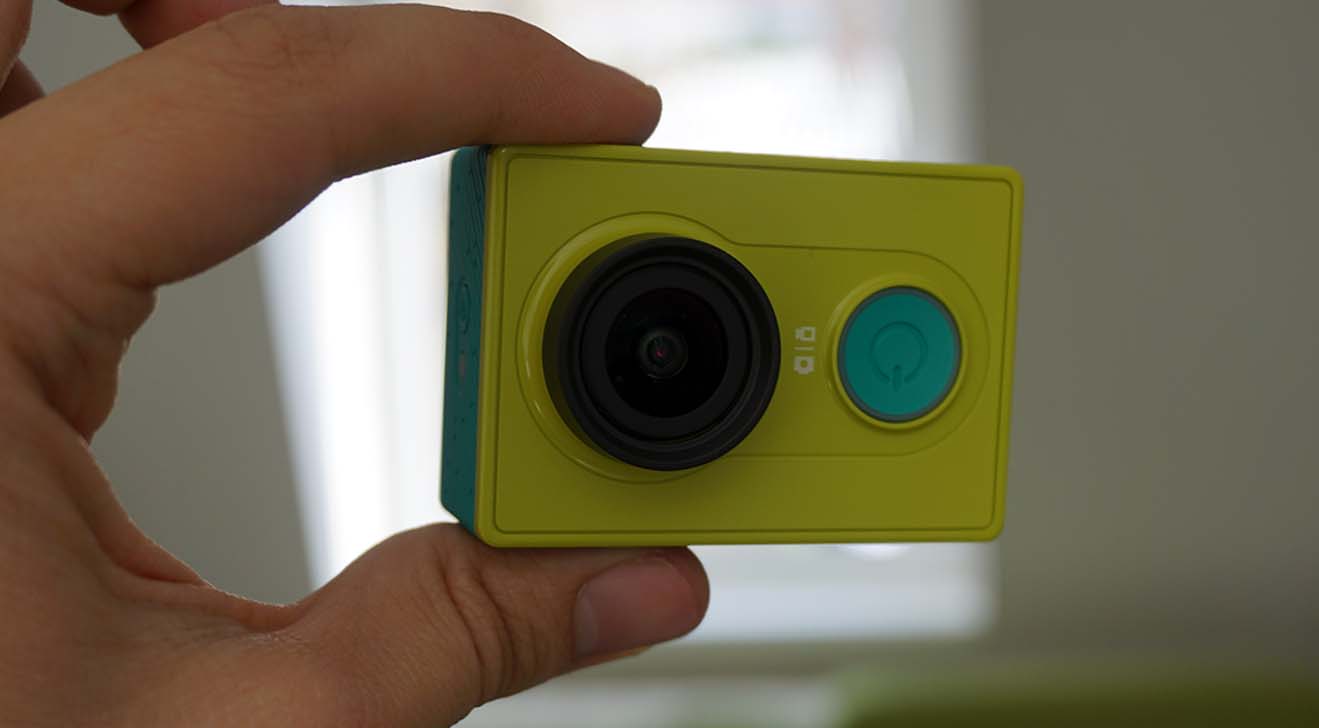Introduction
The Xiaomi Yi Camera is a popular choice for capturing stunning photos and videos, thanks to its compact design and impressive features. However, like many wide-angle lenses, the Xiaomi Yi Camera is susceptible to the fish eye effect, which can distort images and videos, causing unwanted curvature and distortion. In this article, we will delve into the fish eye effect on the Xiaomi Yi Camera, exploring its causes and providing effective methods to correct this issue.
The fish eye effect, also known as barrel distortion, is a common optical phenomenon that occurs when using wide-angle lenses. It results in a bulging or curving of straight lines, particularly noticeable at the edges of the frame. This distortion can detract from the overall quality of the captured images and videos, leading to a less-than-desirable viewing experience.
Understanding the fish eye effect and its impact on the visual output of the Xiaomi Yi Camera is crucial for photographers and videographers who seek to produce professional-looking content. By gaining insights into the causes of this effect and learning how to address it, users can elevate the quality of their photography and videography, ensuring that their creative vision is accurately represented without unwanted distortions.
In the following sections, we will explore the root causes of the fish eye effect on the Xiaomi Yi Camera, providing a comprehensive understanding of why this phenomenon occurs. Additionally, we will discuss various methods to effectively correct the fish eye effect, both through software-based solutions and hardware adjustments. By the end of this article, readers will be equipped with the knowledge and tools necessary to mitigate the fish eye effect and enhance the visual output of their Xiaomi Yi Camera.
Understanding the Fish Eye Effect
The fish eye effect, also known as barrel distortion, is a common optical phenomenon that occurs when using wide-angle lenses. It is characterized by the bulging or curving of straight lines, particularly noticeable at the edges of the frame. This distortion can significantly impact the visual representation of the captured scene, leading to a less accurate portrayal of the subject matter.
The fish eye effect is a result of the optical design of wide-angle lenses, which are engineered to capture a broader field of view compared to standard lenses. While this wide perspective is advantageous for encompassing expansive landscapes or fitting more elements into the frame, it also introduces the potential for distortion. The curvature of straight lines, such as the horizon or the edges of buildings, is a hallmark of the fish eye effect, altering the perceived geometry of the scene.
In practical terms, the fish eye effect can lead to images and videos that appear stretched or warped, with objects at the periphery of the frame appearing disproportionately enlarged or curved. This distortion can be particularly pronounced in architectural photography, where straight lines and precise angles are crucial for maintaining the integrity of the subject.
Understanding the fish eye effect is essential for photographers and videographers, as it enables them to anticipate and mitigate the potential distortions that may arise when using wide-angle lenses such as those found in the Xiaomi Yi Camera. By recognizing the characteristics of the fish eye effect, content creators can make informed decisions regarding composition, framing, and post-processing techniques to minimize or correct the distortion, ultimately ensuring that their visual narratives are faithfully represented.
In the subsequent sections, we will delve into the specific causes of the fish eye effect on the Xiaomi Yi Camera, shedding light on the factors that contribute to this phenomenon. By gaining a deeper understanding of these underlying causes, users can effectively address the fish eye effect and elevate the quality of their photographic and videographic endeavors.
Causes of Fish Eye Effect on Xiaomi Yi Camera
The fish eye effect on the Xiaomi Yi Camera can be attributed to several factors inherent to its optical design and wide-angle lens configuration. Understanding these causes is pivotal in addressing and mitigating the distortion to ensure the delivery of visually compelling and accurate imagery.
-
Lens Distortion Characteristics: Wide-angle lenses, including those utilized in the Xiaomi Yi Camera, are engineered to capture a broader field of view, enabling users to encompass expansive scenes within the frame. However, this wide perspective can lead to inherent lens distortion, resulting in the fish eye effect. The curvature of straight lines at the periphery of the frame is a direct consequence of the lens design, impacting the overall geometry of the captured scene.
-
Optical Aberrations: Optical aberrations, such as spherical and chromatic aberrations, can contribute to the fish eye effect on the Xiaomi Yi Camera. Spherical aberration, which causes varying focal lengths across the lens surface, can result in uneven magnification and distortion, particularly towards the edges of the frame. Similarly, chromatic aberration, characterized by color fringing and dispersion, can further exacerbate the distortion, leading to inaccurate color representation and image degradation.
-
Wide-Angle Lens Construction: The construction of wide-angle lenses, including the optics and curvature of lens elements, plays a significant role in the manifestation of the fish eye effect. The deliberate design choices aimed at achieving a wider field of view can inadvertently introduce distortion, impacting the spatial relationships and proportions within the captured imagery.
-
Sensor Size and Lens Compatibility: The sensor size of the Xiaomi Yi Camera, in conjunction with the compatibility of the lens, can influence the degree of fish eye effect experienced. Certain sensor-lens combinations may exhibit increased distortion, particularly when utilizing ultra-wide-angle lenses, necessitating careful consideration of equipment compatibility to minimize the effects of distortion.
By recognizing these underlying causes of the fish eye effect on the Xiaomi Yi Camera, photographers and videographers can adopt informed strategies to mitigate and correct the distortion, ensuring that their visual narratives are faithfully represented. In the subsequent sections, we will explore effective methods to address the fish eye effect, empowering users to enhance the quality and accuracy of their photographic and videographic output.
Methods to Fix Fish Eye Effect
Addressing the fish eye effect on the Xiaomi Yi Camera necessitates a strategic approach that encompasses both software-based solutions and hardware adjustments. By leveraging these methods, users can effectively correct the distortion and elevate the visual quality of their captured imagery and videos.
Using Software to Correct Fish Eye Effect
Software solutions offer a versatile and accessible means of correcting the fish eye effect, enabling users to apply corrective measures during post-processing. One of the most prevalent software tools for fish eye correction is Adobe Photoshop, which features dedicated filters and plugins designed to rectify lens distortion. By employing these tools, photographers and videographers can selectively adjust the curvature and perspective of their images and videos, effectively mitigating the fish eye effect.
Additionally, specialized software applications such as DxO ViewPoint and Fisheye-Hemi provide intuitive interfaces and advanced algorithms tailored to address fish eye distortion. These applications offer precise control over distortion correction parameters, allowing users to fine-tune the visual output to align with their creative vision. Furthermore, the versatility of software-based correction enables users to tailor the degree of correction to suit specific scenarios, ensuring a balanced approach that preserves the integrity of the captured scene while mitigating unwanted distortion.
Using Hardware to Correct Fish Eye Effect
In addition to software-based solutions, hardware adjustments can play a pivotal role in correcting the fish eye effect on the Xiaomi Yi Camera. Utilizing supplementary optical accessories, such as lens attachments and filters, can effectively mitigate distortion and enhance the overall visual fidelity of the captured imagery. Wide-angle conversion lenses, designed to modify the field of view and optical characteristics of the primary lens, offer a practical solution for reducing fish eye distortion while expanding creative possibilities.
Furthermore, the strategic selection of compatible lenses and focal lengths can influence the degree of distortion experienced, allowing users to optimize their equipment configuration to minimize the effects of the fish eye phenomenon. By leveraging the inherent characteristics of specific lenses and accessories, photographers and videographers can achieve a balanced visual representation that aligns with their creative objectives while mitigating the unwanted curvature and distortion associated with wide-angle imaging.
By integrating software-based correction tools and hardware adjustments, users can effectively address the fish eye effect on the Xiaomi Yi Camera, ensuring that their visual narratives are faithfully represented without the encumbrance of unwanted distortion. This comprehensive approach empowers content creators to elevate the quality of their photographic and videographic endeavors, fostering a compelling and accurate portrayal of their creative vision.
Using Software to Correct Fish Eye Effect
Software solutions offer a versatile and accessible means of correcting the fish eye effect, providing users with the capability to apply corrective measures during post-processing. One of the most prevalent and powerful tools for fish eye correction is Adobe Photoshop. This widely used software features dedicated filters and plugins specifically designed to rectify lens distortion. By leveraging these tools, photographers and videographers can selectively adjust the curvature and perspective of their images and videos, effectively mitigating the fish eye effect.
In addition to Adobe Photoshop, specialized software applications such as DxO ViewPoint and Fisheye-Hemi offer intuitive interfaces and advanced algorithms tailored to address fish eye distortion. These applications provide precise control over distortion correction parameters, allowing users to fine-tune the visual output to align with their creative vision. The versatility of software-based correction enables users to tailor the degree of correction to suit specific scenarios, ensuring a balanced approach that preserves the integrity of the captured scene while mitigating unwanted distortion.
Furthermore, the use of software for fish eye correction extends beyond standalone applications, as many popular post-processing software suites, including Adobe Lightroom and Capture One, incorporate dedicated tools for lens distortion correction. These tools empower users to seamlessly integrate fish eye correction into their existing post-processing workflows, streamlining the enhancement of visual fidelity without the need for additional specialized software.
By harnessing the capabilities of software-based correction, photographers and videographers can effectively address the fish eye effect on their Xiaomi Yi Camera imagery, ensuring that their visual narratives are faithfully represented without the encumbrance of unwanted distortion. This approach not only enhances the overall quality of the captured content but also provides a flexible and adaptable means of correcting distortion across a diverse range of photographic and videographic scenarios.
In summary, the utilization of software for fish eye correction presents a powerful and accessible avenue for addressing lens distortion, empowering users to refine the visual output of their Xiaomi Yi Camera imagery with precision and flexibility. By integrating these software solutions into their post-processing workflows, content creators can elevate the quality and accuracy of their photographic and videographic endeavors, ensuring that their creative vision is faithfully represented without the encumbrance of unwanted distortion.
Using Hardware to Correct Fish Eye Effect
Hardware adjustments play a pivotal role in correcting the fish eye effect on the Xiaomi Yi Camera, offering tangible solutions to mitigate distortion and enhance the overall visual fidelity of captured imagery. By leveraging supplementary optical accessories and strategic equipment configurations, photographers and videographers can effectively address the inherent distortions associated with wide-angle lenses, ensuring that their visual narratives are faithfully represented.
One of the primary hardware solutions for correcting the fish eye effect involves the utilization of wide-angle conversion lenses. These specialized optical attachments are designed to modify the field of view and optical characteristics of the primary lens, providing a practical and versatile means of reducing fish eye distortion while expanding creative possibilities. By integrating a compatible wide-angle conversion lens with the Xiaomi Yi Camera, users can effectively mitigate the unwanted curvature and distortion, resulting in visually compelling imagery that accurately represents the intended scene.
Furthermore, the strategic selection of compatible lenses and focal lengths can significantly influence the degree of distortion experienced when using the Xiaomi Yi Camera. By carefully evaluating the optical characteristics and distortion profiles of various lenses, photographers and videographers can optimize their equipment configuration to minimize the effects of the fish eye phenomenon. This deliberate approach allows users to align their creative objectives with the inherent characteristics of specific lenses, ensuring a balanced visual representation that mitigates unwanted distortion while preserving the integrity of the captured scene.
In addition to lens attachments, the judicious use of filters can further contribute to correcting the fish eye effect on the Xiaomi Yi Camera. Certain filters, such as rectilinear filters, are specifically designed to counteract the inherent distortion of wide-angle lenses, providing a practical and effective means of enhancing visual fidelity. By integrating compatible filters into their photographic and videographic workflows, users can achieve a more accurate and faithful representation of the captured scene, free from the encumbrance of unwanted curvature and distortion.
By integrating hardware adjustments into their creative process, photographers and videographers can effectively address the fish eye effect on the Xiaomi Yi Camera, ensuring that their visual narratives are faithfully represented without the encumbrance of unwanted distortion. This comprehensive approach empowers content creators to elevate the quality of their photographic and videographic endeavors, fostering a compelling and accurate portrayal of their creative vision.
Conclusion
In conclusion, the fish eye effect, characterized by the distortion and curvature of straight lines, presents a common challenge for photographers and videographers using the Xiaomi Yi Camera. This optical phenomenon, stemming from the inherent characteristics of wide-angle lenses, can significantly impact the visual fidelity of captured imagery and videos, necessitating effective corrective measures to ensure a faithful representation of the intended scene.
Throughout this article, we have delved into the underlying causes of the fish eye effect on the Xiaomi Yi Camera, shedding light on the lens distortion characteristics, optical aberrations, wide-angle lens construction, and the influence of sensor size and lens compatibility. By recognizing these factors, users can gain a deeper understanding of the root causes of distortion, empowering them to adopt informed strategies for correction.
Furthermore, we have explored comprehensive methods to address the fish eye effect, encompassing both software-based solutions and hardware adjustments. The utilization of software tools such as Adobe Photoshop, DxO ViewPoint, and Fisheye-Hemi provides users with precise control over distortion correction parameters, enabling them to selectively adjust the curvature and perspective of their imagery and videos. Additionally, hardware adjustments, including the integration of wide-angle conversion lenses and compatible filters, offer tangible solutions to mitigate distortion and enhance visual fidelity.
By integrating these methods, photographers and videographers can effectively correct the fish eye effect on their Xiaomi Yi Camera, ensuring that their visual narratives are faithfully represented without the encumbrance of unwanted distortion. This comprehensive approach not only enhances the overall quality of the captured content but also provides a flexible and adaptable means of correcting distortion across a diverse range of photographic and videographic scenarios.
In essence, the fish eye effect, while posing a common challenge, can be effectively mitigated through a combination of informed understanding, strategic correction methods, and the judicious utilization of software and hardware resources. By equipping themselves with the knowledge and tools necessary to address distortion, users can elevate the quality and accuracy of their photographic and videographic endeavors, ensuring that their creative vision is faithfully represented without the encumbrance of unwanted curvature and distortion.







